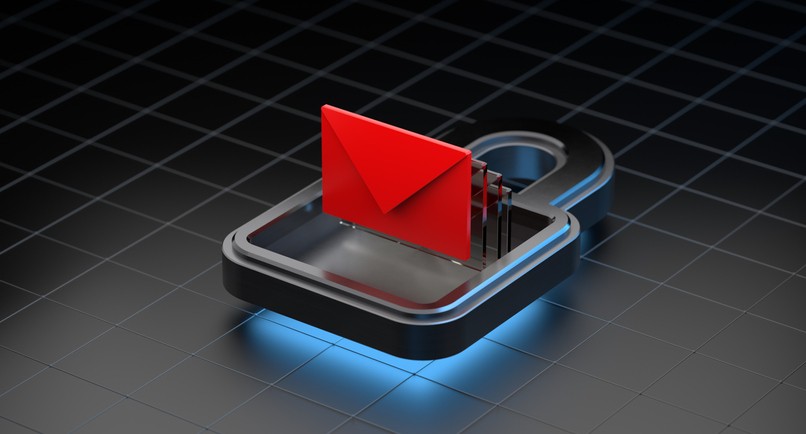Email encryption involves a series of steps to secure the content and ensure that only the intended recipient can access it. Here is a simplified overview of the email with encryption process:
- Key generation: In asymmetric encryption, the recipient generates a public-private key pair, where the public key is shared and the private key is kept secret.
- Encryption: When the sender composes an email, the email client or encryption software encrypts the content using the recipient’s public key. This encrypted email is then sent over the internet.
- Decryption: Upon receiving the encrypted email, the recipient’s email client or encryption software uses the private key to decrypt the email, making it readable.
- Digital signatures: To ensure the authenticity and integrity of the email, the sender’s email client can digitally sign the message using their private key. The recipient can then verify the signature using the sender’s public key, ensuring that the email hasn’t been tampered with during transmission.
Read more details about email spam check.
Benefits of using encrypted email
Implementing email encryption offers several benefits that enhance the security and privacy of your communication:
- Confidentiality: Email encryption ensures that only the intended recipient can access the content, protecting it from unauthorized access and interception.
- Integrity: By using digital signatures, email encryption guarantees that the email remains unaltered during transmission, providing assurance of its authenticity.
- Compliance: Many industries and jurisdictions have specific regulations regarding data protection and privacy. Encrypting emails can help organizations meet these compliance requirements.
- Trust: Encrypting emails builds trust between parties, assuring recipients that their sensitive information is handled securely. This is particularly important in professional settings where confidentiality and privacy are paramount.
- Protection against data breaches: Email encryption reduces the risk of data breaches, safeguarding sensitive information from falling into the wrong hands. This is crucial for individuals and organizations dealing with confidential data.
Common misconceptions about email encryption
Despite its importance, email encryption is often misunderstood or overlooked. Let’s address some common misconceptions surrounding email encryption:
- “Email providers automatically encrypt my emails”: While some email providers encrypt emails in transit, they may not encrypt them at rest or provide end-to-end encryption. It is essential to verify the encryption capabilities of your email provider or consider using additional encryption tools.
- “Email encryption is too complicated to implement”: While encryption techniques can be complex, many email encryption solutions offer user-friendly interfaces and seamless integration with popular email clients. Implementing encryption is easier than you might think.
- “Encrypting emails slows down the sending and receiving process”: With advancements in encryption technology, the impact on email performance is minimal. In most cases, the benefits of encryption outweigh any negligible delay in transmission.
It can be interesting for you – https://reply.io/saas-sales-guide-2022/.
Related posts
HOT TOPICS
Recent Posts
- What Is The Use of Palletizing Cobots? November 14, 2023
- Python Programming & Its Importance In Machine Learning September 27, 2023
- How email encryption works September 14, 2023
- How to create a custom WordPress website maintenance plan May 23, 2023
- Social Media Marketing – How It Can Benefit Your Business May 13, 2023
- Benefits Of Modern Software For Fleet Tracking May 3, 2023
Archives
- November 2023
- September 2023
- May 2023
- April 2023
- March 2023
- February 2023
- December 2022
- November 2022
- October 2022
- September 2022
- August 2022
- July 2022
- June 2022
- May 2022
- April 2022
- February 2022
- December 2021
- November 2021
- October 2021
- September 2021
- August 2021
- July 2021
- June 2021
- May 2021
- April 2021
- October 2020
- September 2020
- August 2020
- July 2020
- June 2020
- May 2020
- April 2020
- February 2020
- January 2020
- May 2019


